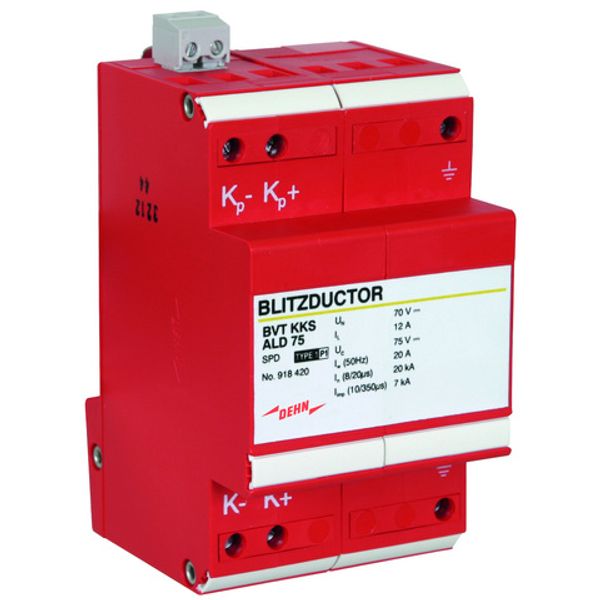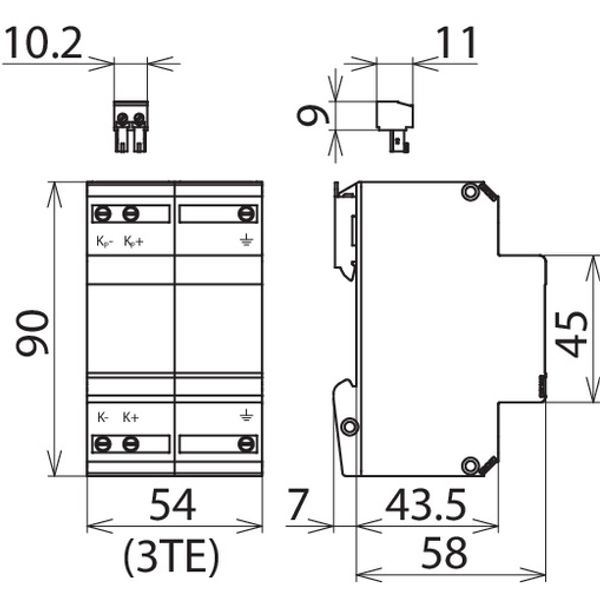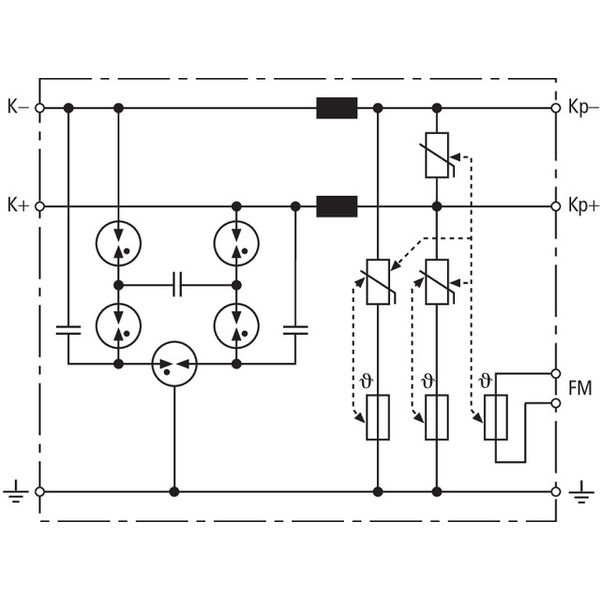Inscrivez-vous pour débloquer vos prix B2B exclusifs et commencez vos achats. Inscrivez-vous maintenant!
BLITZDUCTOR VT combined lightning current and surge arrester
Commande uniquement
Prix (hors TVA):
280,00 €
EAN: 4013364094895
MPN: 918420
Colis: 1
Délai de livraison estimé à notre entrepôt (environ):
4-6 weeks
Technical Information
| État de l’article | Nouveau |
| Nom du fabricant | BLITZDUCTOR VT combined lightning current and surge arrester |
| Marque | Dehn |
| Catégories |
Surge Protection Devices (SPD)
|
| Pays d’origine* | RO |
| * The actual country of origin may differ depending on the delivery batch. To confirm the specific country of origin, please contact your account manager. | |
| Code du système harmonisé | 8536 3010 00 |
| Raccordement 1 | Borne à vis |
| Avec contact de signalisation à distance | Yes |
| Degré de protection (IP) | IP20 |
| Tension nominale DC | 70 V |
Détails d’emballage
| Niveau d’emballage 1 | 4013364094895, 4013364094895 |
Autres données techniques
| Méthode de montage | Rail DIN (rail chapeau) 35 mm |
| Courant d'impulsion de la foudre (10/350 µs) | 7 kA |
| Nombre de conducteurs (sans mise à la terre) | 2 |
| Fréquence limite | 1 MHz |
| Courant de décharge nominal (8/20) | 40 kA |
| Courant de charge nominal | 12 A |
| Niveau de protection de la tension cœur/cœur | 350 V |
| Niveau de protection de la tension noyau/terre | 350 V |
| Tension continue maximale DC | 75 V |
| Thermocontrôle proactif | Yes |
| Largeur de l'assemblage | 54 mm |
| Mise à la terre via | Conducteur séparé |
Téléchargements
Description
Energy-coordinated combined lightning current and surge arrester for protecting the rectifier in the protective circuit (red colour). Plug-in remote signalling contact (break contact) indicates overload (thermal monitoring of the varistors). Installation into steel-sheet enclosure recommended. A low impulse sparkover voltage is achieved by capacitive control.






